What Are the Key Differences Between a Scimitar and Cutlass?
NO AI USED This Article has been written and edited by our team with no help of the AI
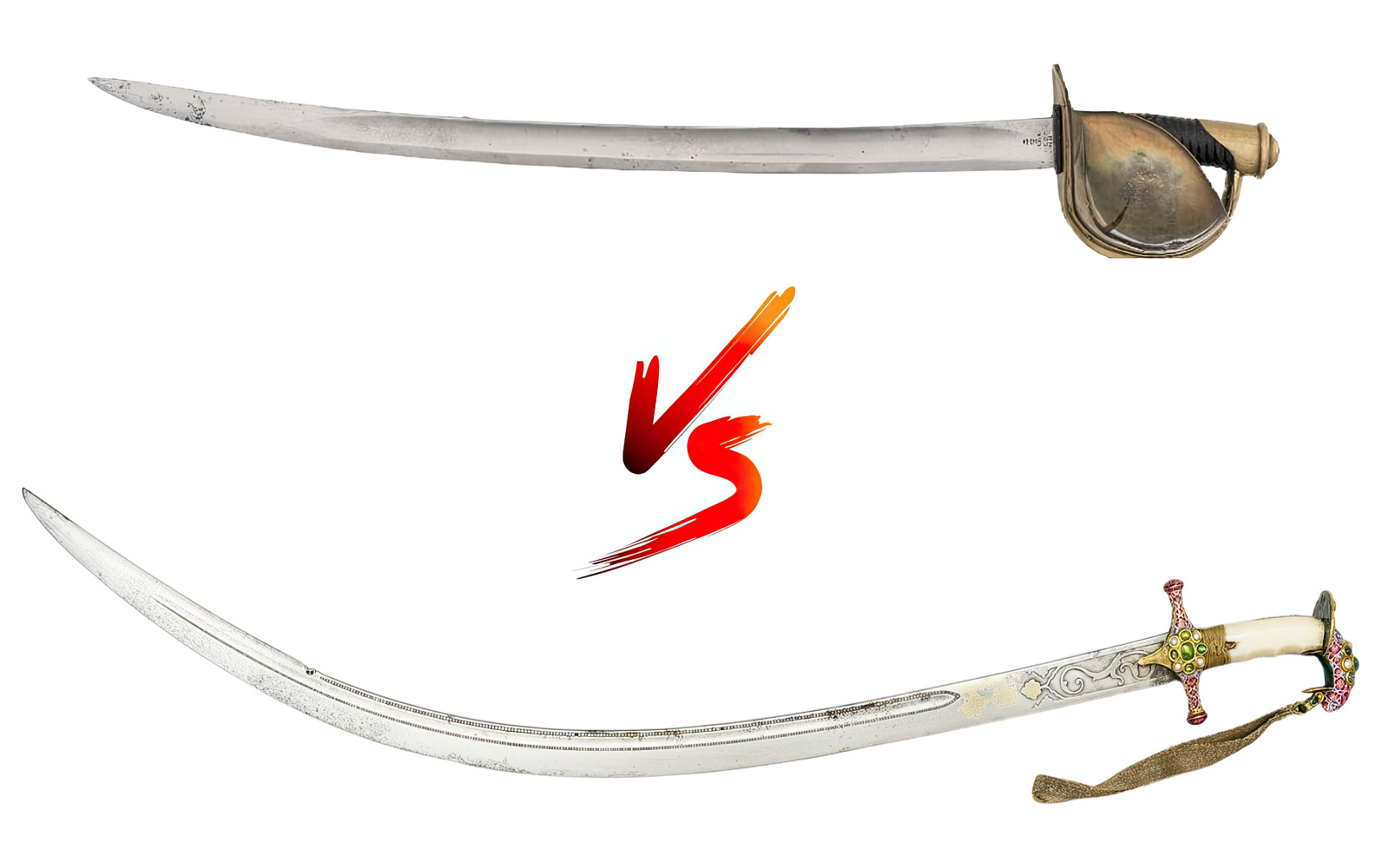
Scimitars and cutlasses are iconic one-handed weapons, each excelling in specific combat scenarios. Although often compared, both these types of swords play distinct roles on the battlefield, be it delivering slicing attacks from a mounted position, cutting through enemies, or for close combat.
This article explores the key differences between both these weapons in terms of design, use, and historical significance.
Main Design/Characteristic Differences
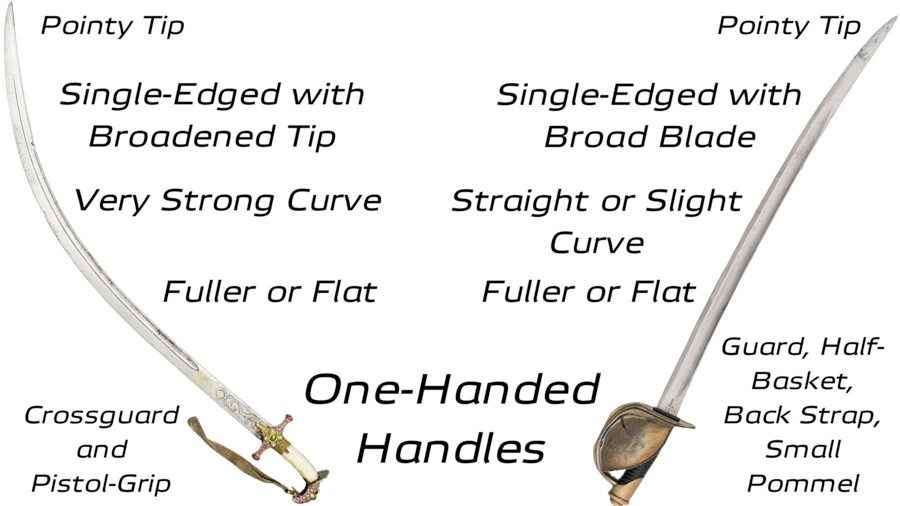
When it comes to design differences between scimitars and cutlasses, there are several factors to consider:
Time
The design of both weapons is influenced by the time period they originated from, with most of the changes seen between the 16th century and the 19th century.
Region
Their region of origin further differentiates them. For example:
- Arabic and African scimitars tend to have straighter blades while Middle Eastern ones are known for their pronounced curves.
- Similarly, cutlasses vary in curvature and width. While some are curved and broad, there are also those that are straighter which are used for thrusting—like a Roman gladius.
Blade
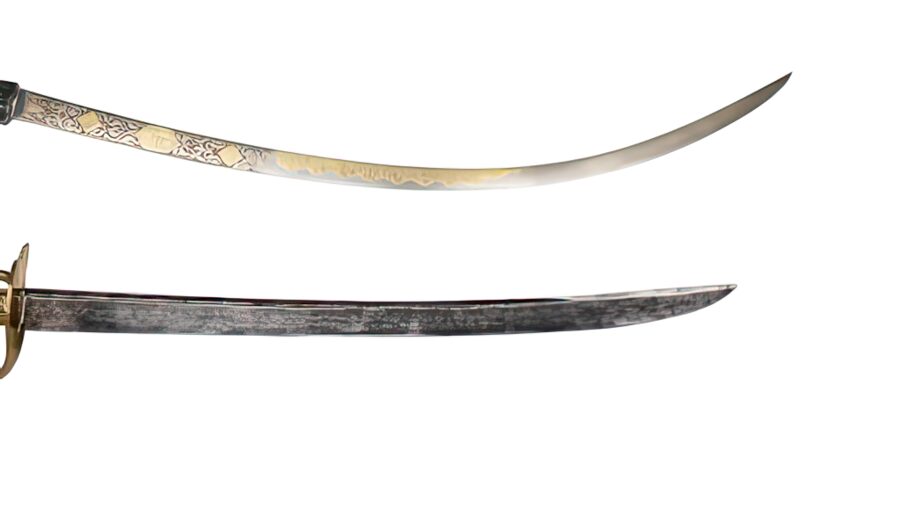
The blades of scimitars and cutlasses differ significantly.
Generally, scimitars are known for their iconic, single-edged blades with a fuller near the spine to decrease their overall weight. Some also have a broadened tip, known as yelman, which helps to enhance the sword’s slashing abilities.
In comparison, cutlasses have shorter and broader blades with a subtle curve. Some cutlasses also have double-edged tips, allowing them to excel in thrusting.
Handle
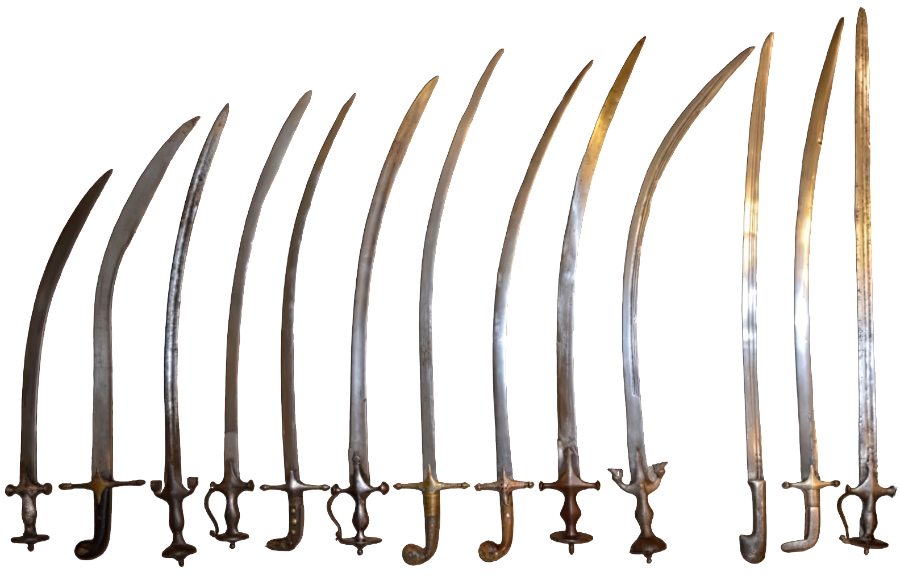
Scimitar handles are often elaborate, usually crafted from wood but can also be made of ivory or bone. They usually feature small and diamond-shaped crossguards with a hilt designed for one-handed use. Scimitar handles can vary in appearance, including straight, narrowed, pistol-shaped, with a bird peak’s pommel, or a rounded pommel created using a slab tang method.
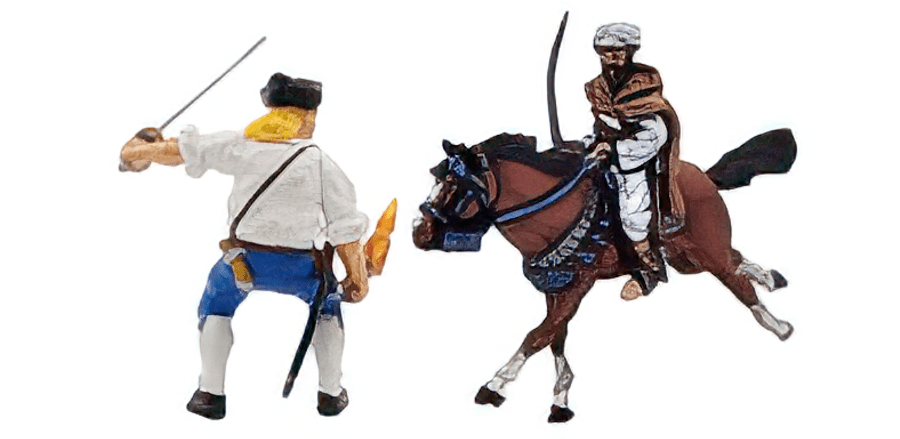
Cutlass handles are similar in size to those of the scimitar but are typically broader with a slight belly. These handles are made of wood and can be wrapped with cord or wired with angled spaces to better fit the wielder’s fingers. Like most swords, there is a protective handguard known as a cup-guard or half-basket, which can also be used in melee attacks. The entire handle is held with a pommel called a back strap.
Scabbard
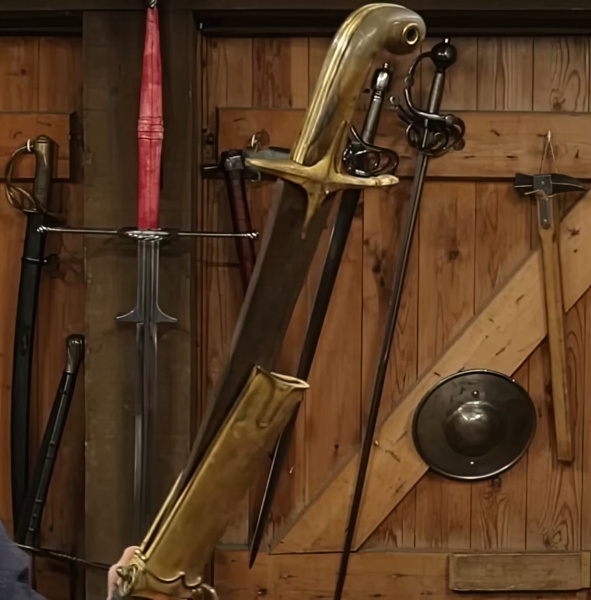
Scimitar scabbards are usually made of wood and carried on the waist, strapped to a belt and hanging from it. Since some scimitars have a strongly curved blade, the scabbards have a wider opening that extends to the side to allow the sword to be easily sheathed. These scabbards can be richly decorated with precious gems.
Comparatively, cutlass scabbards are generally simpler and can be made out of wood or steel, carried in a similar fashion as a European saber.
History and Combat Differences
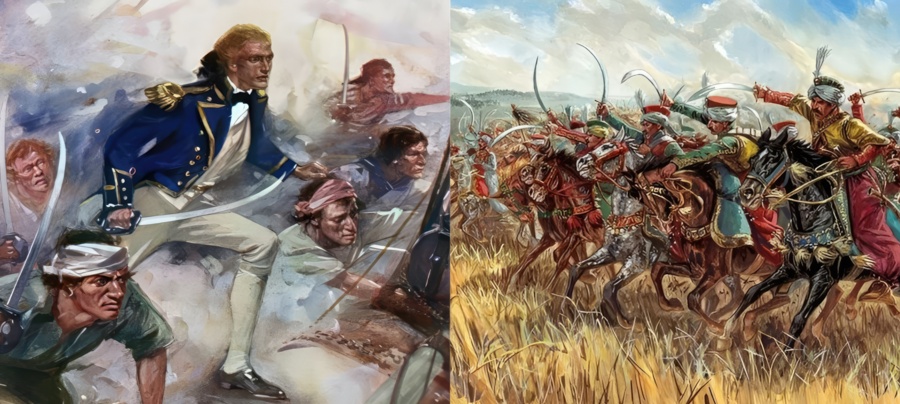
Scimitars and cutlasses have very different historical and combat roles.
The term “scimitar” is derived from the Italian word “scimitarra”. It refers to a group of single-edged swords originating in Europe, the Middle East, and Central Asia.
In contrast, the cutlass is a type of European sword. The term “cutlass” originates from “cultellus” and “couteau”—meaning small knives or machetes. After the 17th century, cutlasses became popular and are now often associated with sailors or pirates around the Caribbean islands.
Scimitars
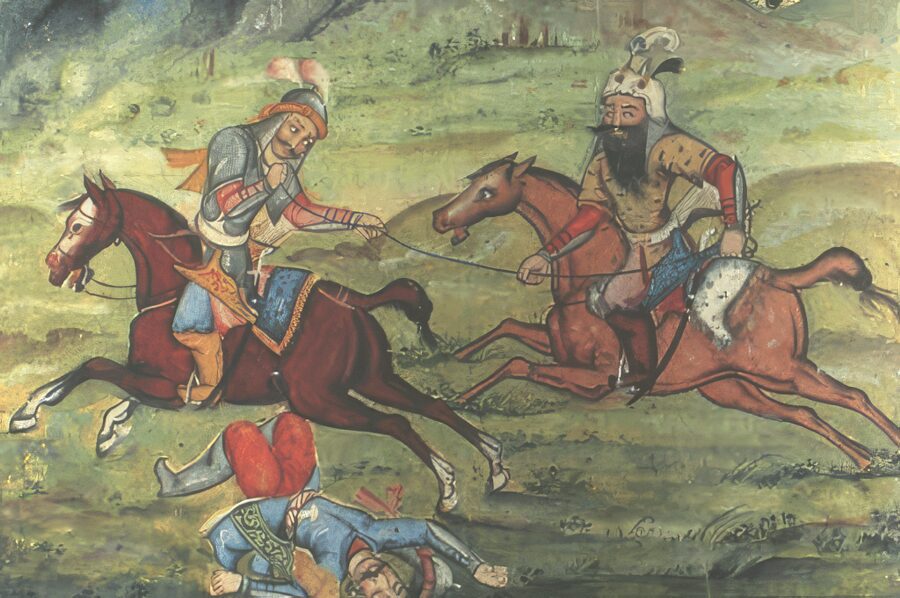
Scimitars excel in slicing and slashing attacks due to their curved blades. Designed to be lightweight and fast, scimitars are known for their precision with each strike. Their blades can cut through enemies almost effortlessly, making them ideal on horseback and even attacking from behind a shield.
Cutlasses
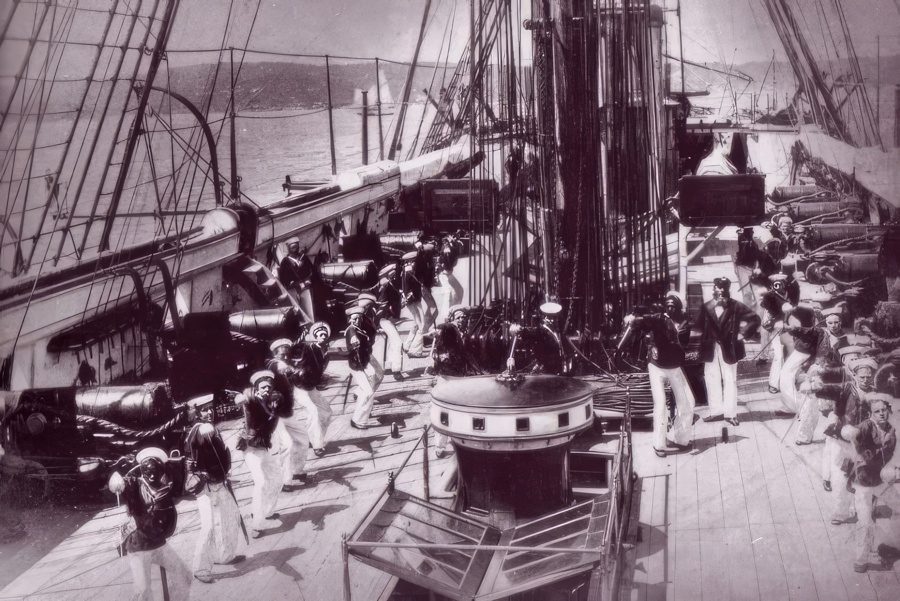
As mentioned before, the cutlass has a shorter and broader blade, making it a sturdier weapon. Its subtler curvature makes it a versatile cut-and-thrust weapon, perfect for cutting or chopping. Due to its shorter blade length, it is ideal for close-quarters combat and can even be used as a daily utility tool for digging or cutting branches.
Regarding the cutlass, Mark Wertheimer, the head of Naval Historical Center research says, “The cutlass remained supreme upon the seas as the best weapon for boarding the enemy’s ship and the melee of deck fighting.”

